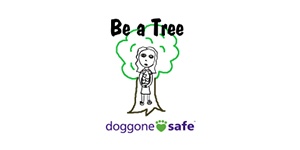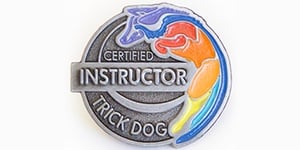Training Dogs, cats
and Their People
Training Your Dog
To Become a Well-Mannered, Enjoyable Companion
Do you have a new puppy? Have you rescued or inherited an older dog that needs training? Turn to Great Scott Dog Training in Florida for customized dog training services. We offer basic and advanced obedience training using reward-based methods.
Private Group Lessons
Most people will automatically assume that the logical consequence is to enroll their dog in a group class where the dog can socialize and get trained at the same time. While group classes definitely have their benefits, they can also be more like teaching your teenager to drive on a six-lane highway at rush hour.
How do private classes differ? Most dog experts agree that beginning your training in a familiar environment will make learning much easier for your dog. Many “undesirable” behaviors like chasing the cat, jumping on people, and herding the kids are given at best a cursory discussion at a group class. For example, practicing loose leash walking indoors has very little to do with walking your dog in your neighborhood where kids zip by on skateboards, teasing squirrels around every corner and p-mail on every grass blade.
Let’s face it. Most of us want our dogs to behave where we live. If you are one of those unfortunate people that got “kicked out” of a group class, that does not mean that you or your dog are failures. It means that the group environment was too much for one or both of you to handle.
Do private lessons cost much more? Think of it this way: A trainer comes to your house at a time that is convenient for you, saving you at least an hour of commuting time. We will work only with you and tailor your dog’s training to your specific needs. Additionally, the basics of obedience can often be taught in less time in a private lesson, which means that one can accomplish more in a shorter time.
While the group environment certainly is a wonderful place to get your dog in the company of other furry friends, you might want to consider allowing us to work with your dog at your home. Through our dog training services, we can help you hone those basic skills so that once mastered, you can move on to fun activities.

Bark, bark, bark, bark! It can just about drive you crazy!
Dogs bark for a variety of reasons. One of them is that it is fun for them. Let’s face it. Dogs can’t read the paper or watch TV, so barking can make a good substitute for being bored. Also, many times barking works: Fido barks – you open the door. Buster barks – you throw the ball.
So, before you can extinguish barking, you must first decide when and where barking occurs. Are there specific things or people he is barking at?
Here are some motives for barking: territorial barking, alarm barking, attention-seeking barking, greeting barking, compulsive barking, social-facilitated barking, and fear-induced barking. Unless you know why your dog barks, it is hard to remedy the situation. So, take some time to examine your dog’s motives before jumping in to remedy the situation. A lot of barking can be significantly diminished by redirecting the dog to do another task like “come,” “touch,” or “lie down”. Yelling “stop it” does not work. In the dog’s mind, your agitation only adds to his agitation, and your yelling sounds like you are barking along with him.
Fear barking should never be corrected with physical punishment since it will make the dog only more fearful. Boredom barking can be alleviated with a rigorous exercise program (A tired dog is a good dog) and some interactive toy for him to play with while you are gone.
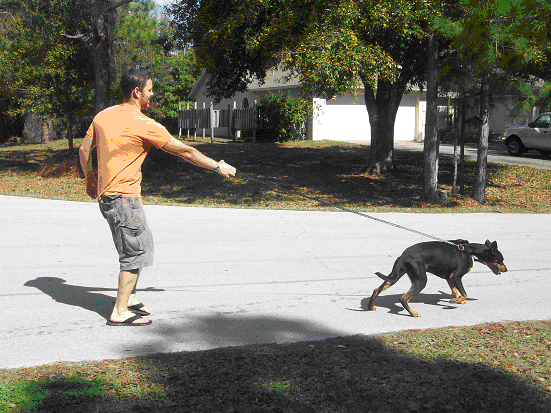
Very simple – because you follow. Let’s face it. If you never allowed yourself to be pulled anywhere, there would be no point in pulling. The reality is that most of us allow our dogs to drag us around until we get tired of it. In the wonderful world of animal behavior, a randomly rewarded behavior is extremely hard to eradicate.
So what does all that mean? The first thing that needs to happen to teach your dog not to pull is to never allow your dog to pull you anywhere. The moment she leans into the leash, you become a statue. The moment she releases tension, you reward her with praise and/or treats. You can also keep your dog on her toes by changing directions, therefore, requiring her to keep better tabs on you.
Does that mean that your dog should never be allowed to stop and sniff or go to the side to explore something? Absolutely not! Domestic dogs lead quite boring lives, and sniffing and exploring is necessary for their mental well-being. Just don’t let them pull you there. If they want to go in a certain direction, you can choose to go along with them. Just do it before there is tension on the leash. If they try to drag you there, stop, wait for them to give up, call them to you, and praise them if they do. As a reward, you can opt to permit them to catch that good smell in the grass by going there together.
If your dog is physically too strong for you to handle, consider getting a no-pull harness or a head collar like a Halti or Gentle Leader. Head collars are great. They are like power steering for dogs, and they can’t injure the dog’s neck or trachea.
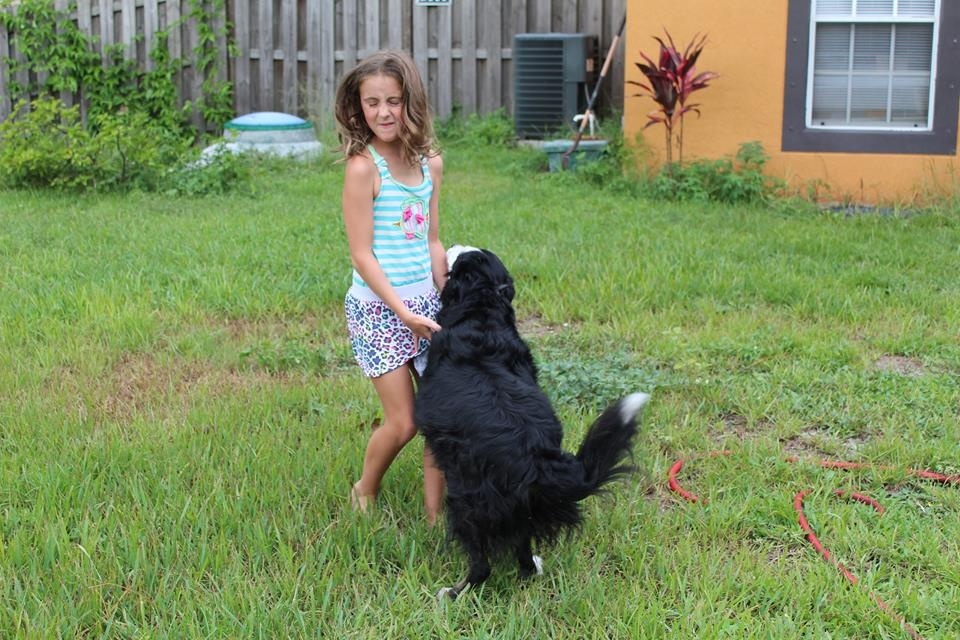
Oops, there goes another pair of panty hose!
Why do dogs jump? Because it is rewarded with attention. We might not think of it that way, but let’s look at how most of us deal with a dog jumping on us. We yell, and we push the dog away from us. In the dog world, that can constitute anything from just getting a little attention (think of the bad child that only gets the parents’ attention when he is being a brat) to a wonderful game of push and jump.
Jumping ceases when it is not fun anymore. When the dog jumps up, tuck your hands under your armpits and turn your back on him. Continue to do so until he gives up and quits jumping; then, lavishly praise him for having all four on the floor. The moment he jumps again, he ceases to exist. Teach children to enter the house calmly and if needed, to step into the dog, causing him to lose balance (you don’t need to knee him, just step into his space).
For really persistent jumpers, have them lose privileges by saying something like “Eh Eh” and then, immediately whisking them away from the action to a time-out place like a crate. (Please do not incarcerate your dog. Less than a minute is sufficient…otherwise he will forget what he did in the first place). Keep in mind that a longstanding jumping behavior will not be eradicated in one or two ten-minute sessions – it will take time.
Remember, be sure to give a reward each time you see your dog choose right and keep all four on the floor!

Does your backyard look like an excavation site?
Dogs dig for various reasons:
- Cooling – Be sure that your dog has adequate shade and water if he stays outside. Consider getting a kiddy pool, and fill it with one or two inches of water.
- Hunting – If you have moles in your yard, the digging will only stop when the moles are gone.
- Boredom or Anxiety – Here is how to tell the difference: let your dog know you are leaving. If you come back 15 minutes later, and he is already digging a hole by the fence, he is most likely suffering from separation anxiety. If it takes an hour or so before he indulges, he is probably bored. Boredom digging can be alleviated by adding interesting things to chew and play with while you are gone. Kongs with frozen peanut butter are a great “goodbye” gift. Some dogs are genetically predisposed to digging. Consider getting a digging pit, a special area where your dog is allowed to dig (some people use sandboxes) and entice him by burying interesting toys and treats. If your dog has a specific area he always seems to hit, you can discourage him by either burying lava rocks in that area or your dog’s own feces. (Sounds gross! The good news is that your dog will think so, too) Digging due to separation anxiety usually will require some form of behavior modification.
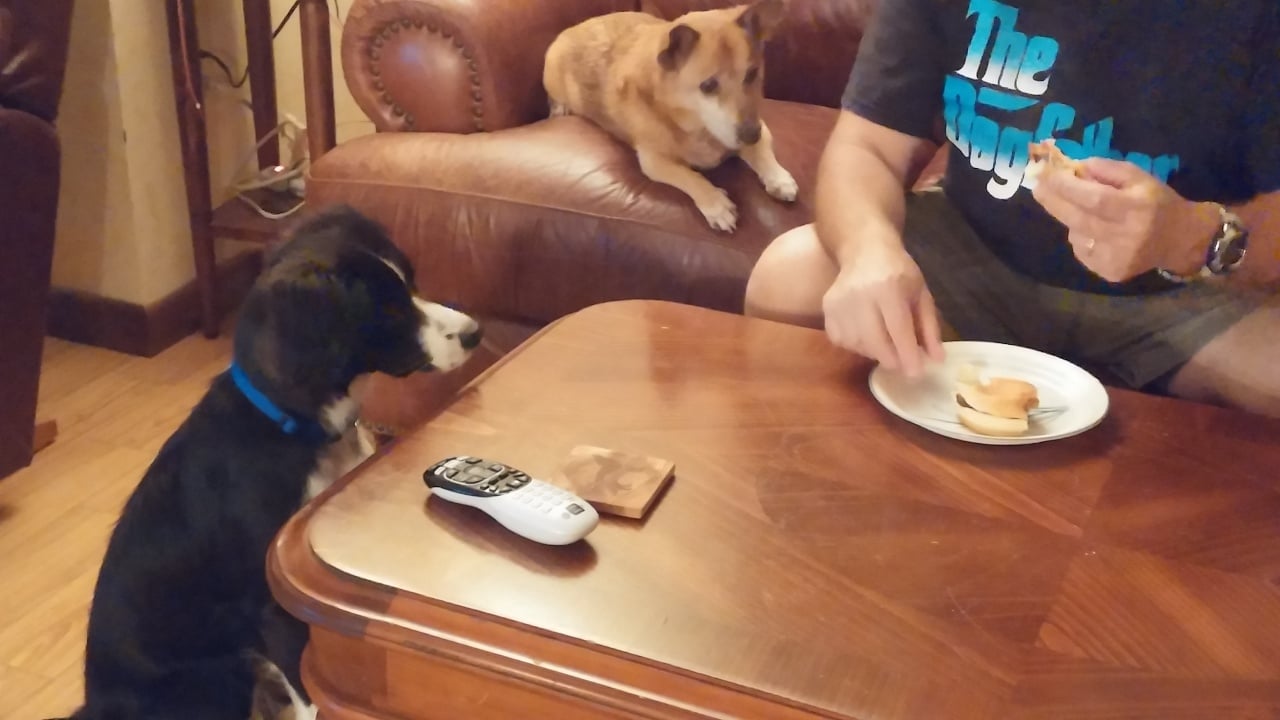
Ahhhh – look at those sad, begging eyes!
Yes, this is how it most often happens. You throw a piece of food and voila! A lifetime beggar has been born!
So, the first lesson to be learned is that if you do not want your dog to beg, do not EVER reward the behavior by giving in.
The second lesson is that if you totally want your dog to quit begging, EVERYONE needs to not EVER feed the dog when it is begging.
But the reality is that we tend to be inconsistent and do not mind giving our furry friend a morsel at times. So, the most plausible option is to redirect begging into something more satisfying for all parties.
Set your parameters. If you do not want the dog slinking around the table and drooling on your lap, have him lie down just outside the dining area. Put him on a leash if need be, and each time he gets up, walk him back to his previous lie-down spot. When you are done eating, take your “smorsels” into another area and allow the dog to follow. Have him do a sit or down or some kind of trick to earn his treat.
When walking around with food, insist on respectful space between you and the dog. Do not let the dog jump on you or push into your space. Some dogs can be “stared away” by staring at them until they relinquish and turn away.
(Do not use this method on dogs that have any kind of aggression issues.) If need be, insist on your message by removing her into another room or into a crate.
Only reward desired behavior and be 100% consistent.
If your dog has food aggression issues, get professional help!
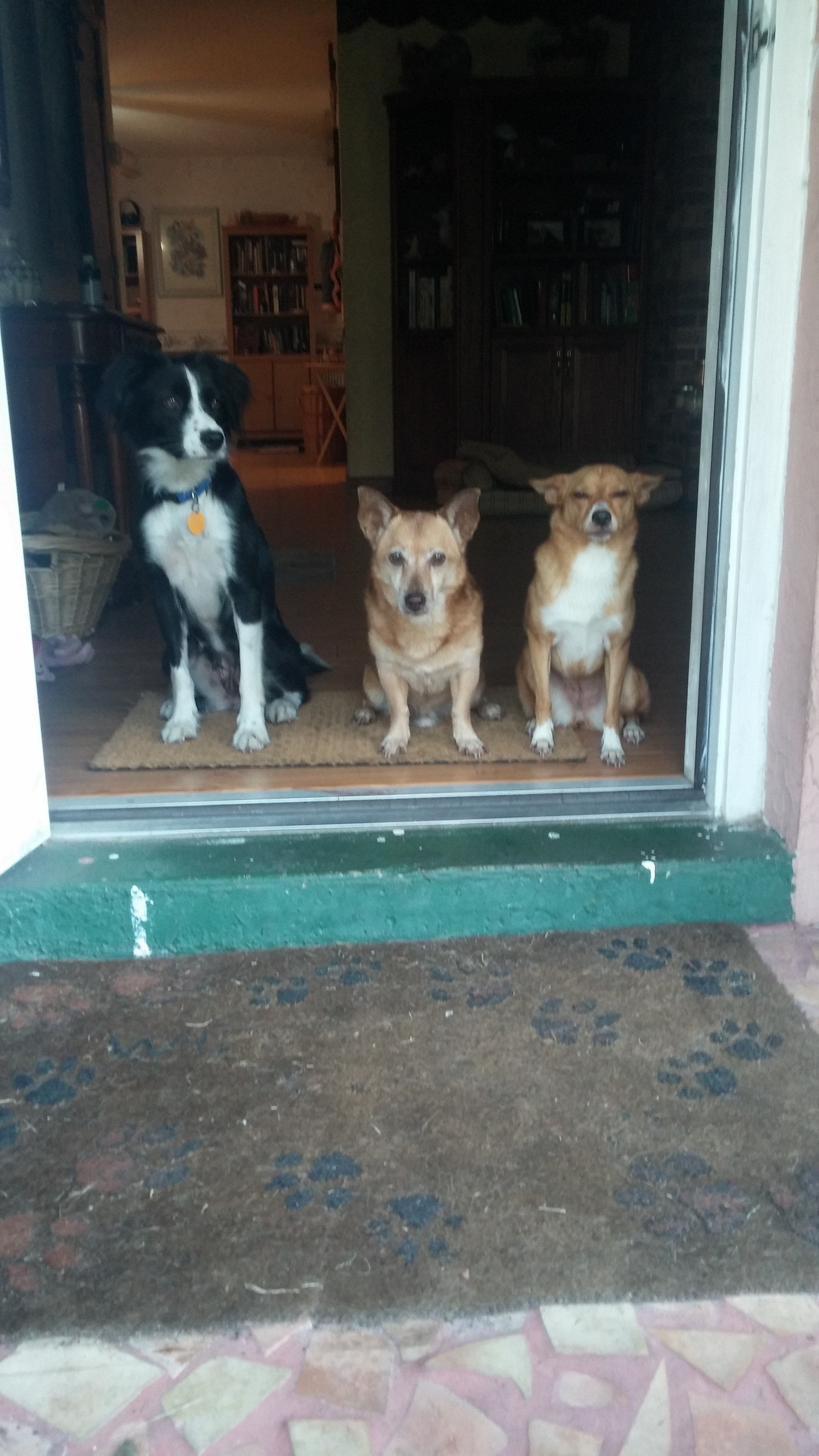
Oops, there goes Rover!
You opened the door, and now, he is gone…again! If this sounds familiar, here are a couple of tips. First of all, once he is out, do whatever you can to get him to come back to you. However, chasing and running usually is a wonderful game for dogs, and chances are, the more you run, the more he will run. So, stay calm, bring a goodie or toy if you can, and entice him to come to you. NEVER punish a dog once he comes back! He will be even more reluctant to do so next time.
Now, once you have Rover safely back inside, it’s time to start training. Pick a spot close, but about 8 to 10 feet away from the door, and have him lie down or sit. (If he does not know how to do that, that will be your first homework.) Then, go to the door and open it only an inch. Tell him to stay. Chances are he will get up. Close the door, and put him back in position. If he stays, give him a reward. Continue to practice until he gets it. Then, increase the door opening to two inches and so on.
It might take you a week or so to get the door all the way open. Once you can have the door open all the way and Rover stays, you can approve of the behavior by letting him just stand and hang out. You can add excitement like “Oh my! Look who’s here!” Make sure you can slam the door shut on him if need be. Be sure to lavishly reward all good behavior.
Do not punish wrong choices. Just go back to kindergarten with your dog, and go back to a step where he can succeed on for a few times, then try again.
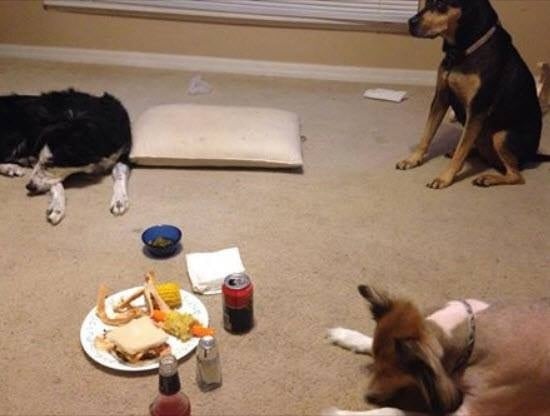
Thief!!!!
Tired of having your steak stolen? Dogs are by nature opportunists, so please do not take Fluffy devouring your steak personally. On the other hand, once she is finished licking her chops, you are still left empty-handed. So, here are some tips to keep your food from doing a vanishing act:
- Until you can trust your dog, do not leave her in a situation that is beyond her ability to resist.
- Teach her the “leave it” command: Enclose some yummy treats in your fist, and let your dog sniff your hand. Your dog will sniff and paw for quite some time before giving up. Once she does, the moment she does, say “yes” and give her the treat in your hand. Continue to do so until she steps away from your closed hand readily. Add the “leave it” command. Once your dog understands this command, up the ante by putting a piece of food on the table. Say “leave it,” and reward each time the dog steps away from the food. Do the same on the floor. Be sure to always be able to snatch or cover the food in case your dog chooses wrong.
- Other methods to discourage the thief: Cover surfaces with the inside of sticky shelf liner. Get a Ssscat® motion detector aerosol. It sprays pressurized air once it is detected by the motion detector on the counters.
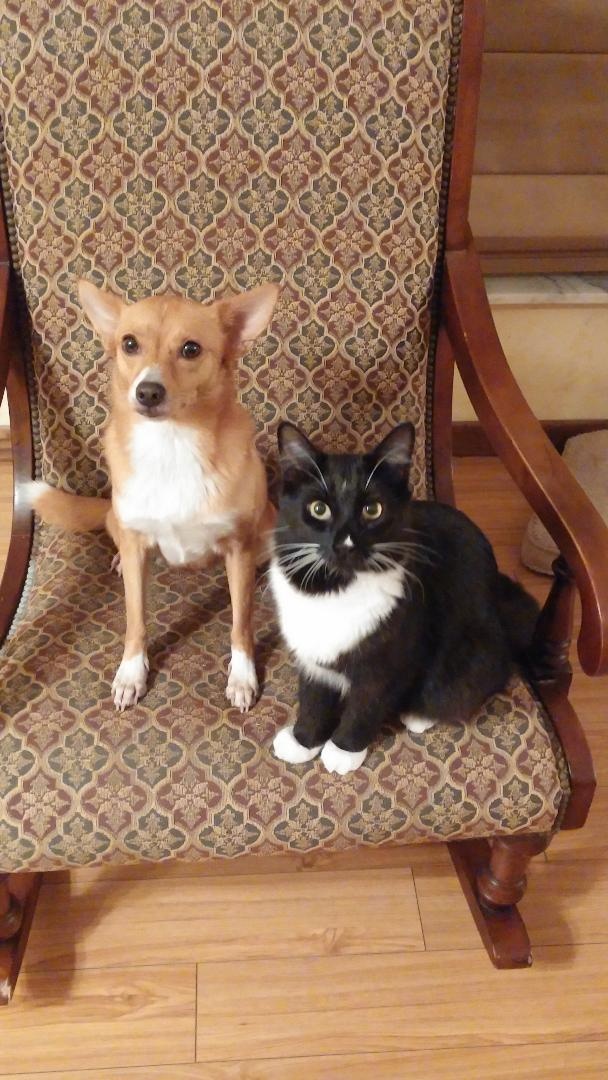
Inquire About Our Cat Training Services
Dogs must be current on their vaccinations. Bring a 6 ft. leash (No retractable leashes) and a blanket or towel for your dog to settle on. Bring lots of yummy treats. NO PINCH OR CHOKE COLLARS. Reasonable footwear (no high heels or flip-flops).
Great Scott Dog Training
Christine Scott
Brevard County, Palm Bay, Melbourne Florida







